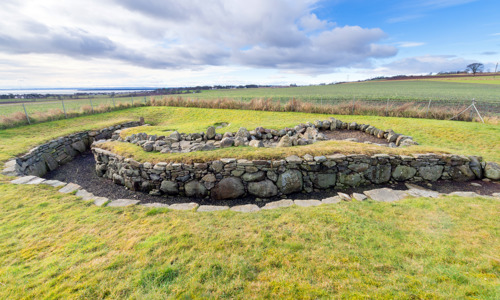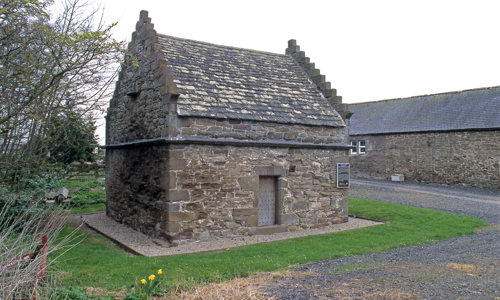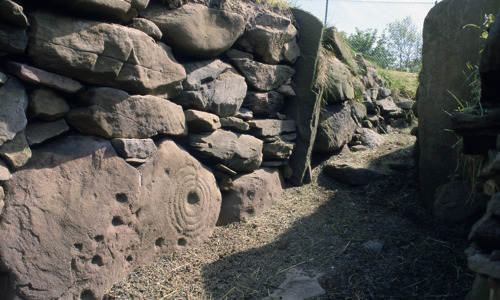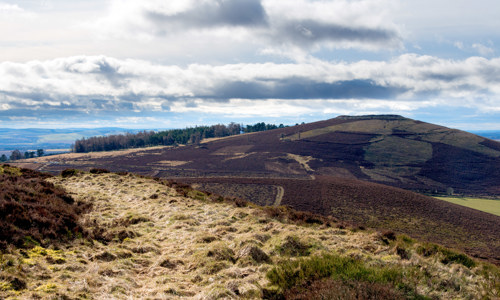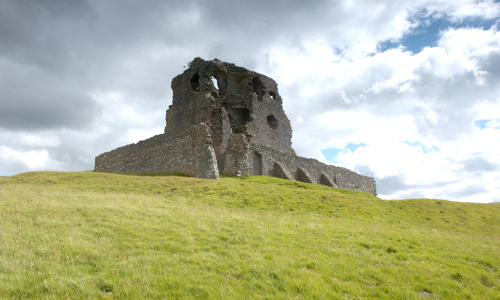History
Sizeable site
Measuring about 40m long with side passages, Carlungie is one of the largest and most complex souterrains found in Scotland. Like many other souterrains in Fife, Perthshire and Angus, it lies on rich agricultural land. Excavations in 1950 and 1951 revealed an associated above-ground settlement of eight stone-built dwellings.
Excavations also produced some interesting finds, including:
- Roman amphora pottery
- native pottery
- metal objects
- stone lamps
- a fire-making stone
- a stone mould for metalworking
There’s evidence that part of the settlement was used for working stone or metal.
Underground passages
Souterrains like Carlungie were not dwellings, but stone-lined underground passages. As at Carlungie, other excavated souterrain sites have revealed the remains of associated buildings at ground level. Several examples are in Historic Scotland care, such as the nearby site of Ardestie.
The souterrain enigma
Plenty of people have speculated on the use of such structures. They range in date from late Bronze Age nearly 3000 years ago to the early centuries AD. The regional variation in shape and size across Scotland suggest there was no single consistent use.
One suggestion holds that they were used for storage. The larger sizes of souterrains in Perthshire and Angus could reflect the greater fertility of the surrounding farmland. They may have been used to store valuable items or commodities, indicating social status or provided storage agricultural surplus for the local communities.
Some have suggested that souterrains in Angus that date to the first centuries AD might have been built to store grain for the occupying Romans. Evidence suggests that most earth houses were destroyed, or at least infilled, in the late AD 100s – coinciding with the Roman withdrawal from Britain. A number of excavated sites, including Carlungie, have produced Roman artefacts such as pottery.


